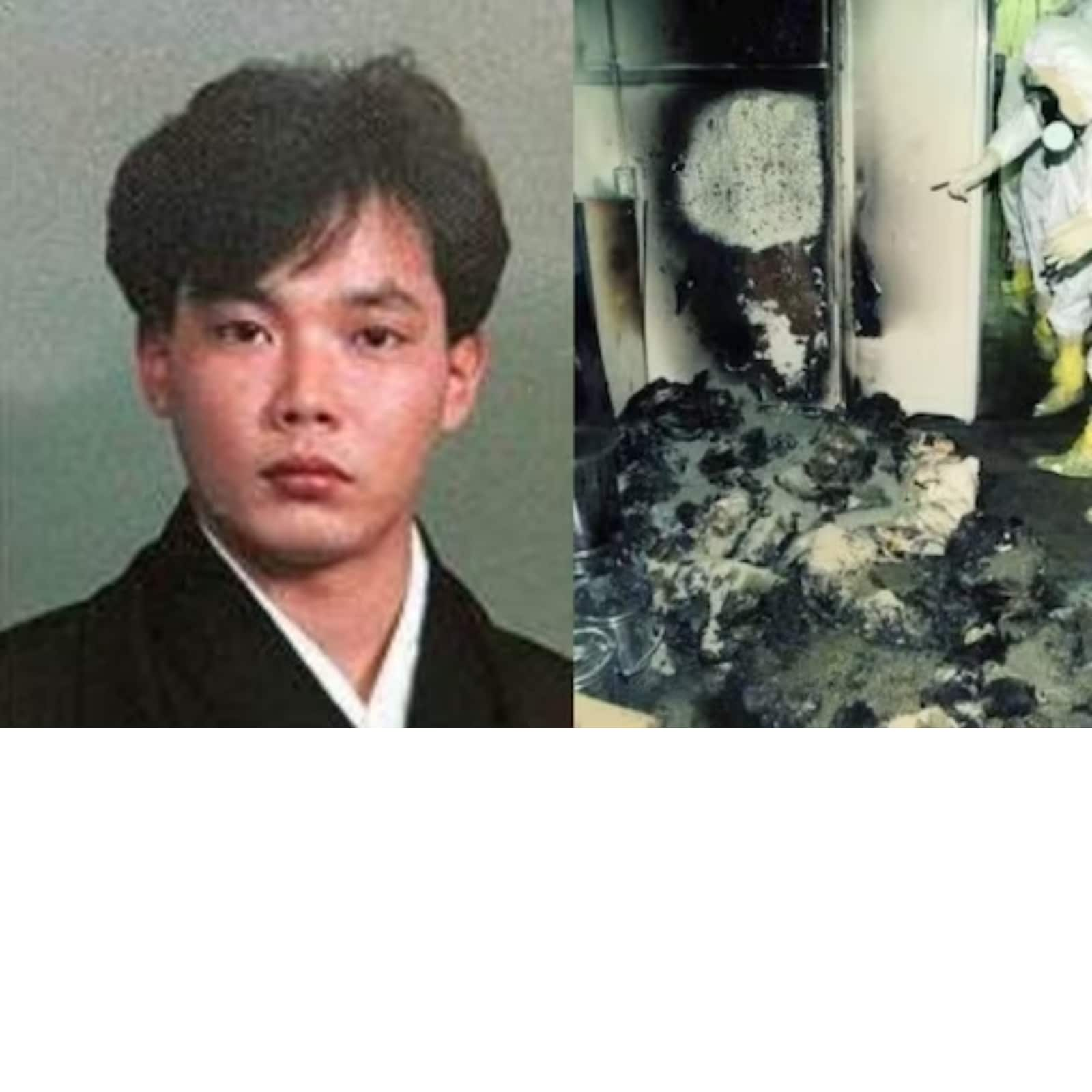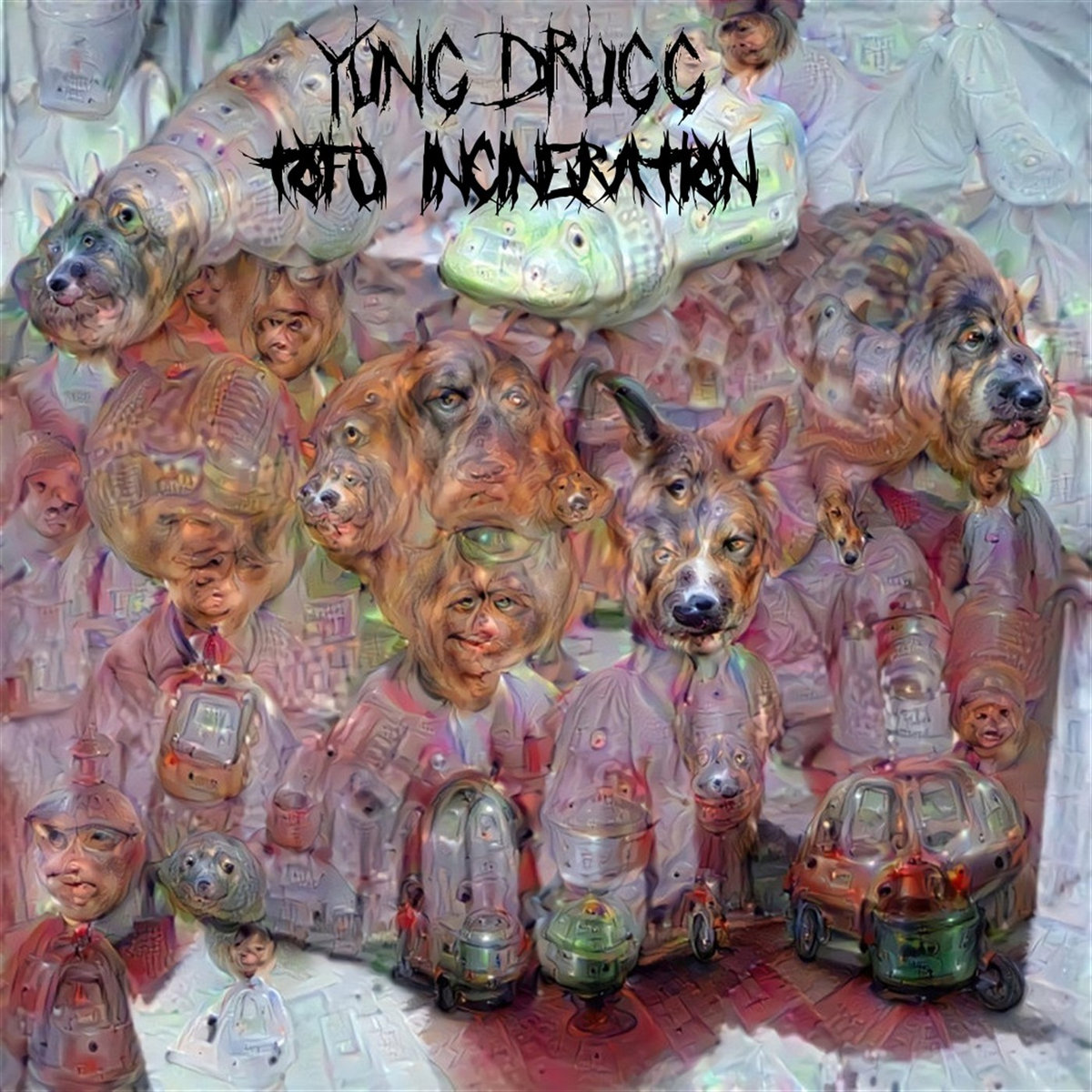On October 31, 1999, Hisashi Ouchi became a household name in Japan and around the world following a catastrophic accident at the Tokaimura nuclear facility. His story, though tragic, shines a light on the dangers of nuclear power and the incredible resilience of the human spirit. This article dives deep into the life, legacy, and lessons we can learn from Hisashi Ouchi's extraordinary ordeal.
When we talk about nuclear accidents, names like Chernobyl and Fukushima immediately come to mind. But there's another story that deserves attention - the story of Hisashi Ouchi. His case highlights the risks associated with nuclear energy and the bravery shown by individuals in the face of unimaginable adversity.
As we explore Hisashi Ouchi's journey, we'll uncover the events leading up to the accident, the medical challenges he faced, and the broader implications of his story. This isn't just a tale of tragedy; it's a testament to human resilience and the importance of safety in the nuclear industry.
- Annie Ilonzeh Images The Ultimate Guide To Her Iconic Moments And Captivating Presence
- Riley Reed Married The Ultimate Guide To Her Love Life Career And More
Biography of Hisashi Ouchi
Before diving into the details of the accident, it's essential to understand the man behind the headlines. Hisashi Ouchi was an ordinary worker who found himself at the center of an extraordinary event.
Early Life and Career
Hisashi Ouchi was born on February 23, 1968, in the town of Tokaimura, Japan. Growing up in a modest family, he pursued a career in the nuclear industry, joining JCO, a company involved in uranium processing. Little did he know that his career choice would lead to one of the most devastating incidents in nuclear history.
Here's a quick overview of Hisashi's life:
- Alex Hogan Pics A Deep Dive Into The World Of Stunning Visuals
- Jonesboro Nails Amp Spa Your Ultimate Destination For Relaxation And Glamour
| Full Name | Hisashi Ouchi |
|---|---|
| Date of Birth | February 23, 1968 |
| Place of Birth | Tokaimura, Japan |
| Occupation | Nuclear Technician at JCO |
The Tokaimura Nuclear Accident: What Happened?
So, how exactly did this tragedy unfold? Let's break it down step by step. On that fateful day in 1999, Hisashi Ouchi and his colleagues were preparing a batch of uranium fuel. A series of errors led to a criticality accident, where a nuclear chain reaction occurred outside of a controlled environment.
Here’s what went wrong:
- Improper mixing of uranium solutions
- Violation of safety protocols
- Insufficient training for workers
This incident released a burst of radiation, exposing Hisashi and two other workers to lethal doses.
Hisashi Ouchi's Medical Journey
After the accident, Hisashi Ouchi was rushed to the University of Tokyo Hospital, where he underwent extensive treatment. Doctors described his condition as one of the most severe cases of radiation exposure ever documented.
Key Medical Challenges
Hisashi faced numerous medical challenges, including:
- Severe damage to bone marrow
- Massive destruction of skin and internal organs
- High risk of infection due to weakened immune system
Despite the best efforts of medical professionals, Hisashi's body was unable to recover from the overwhelming radiation exposure.
The Human Impact: A Story of Resilience
While the medical details are harrowing, Hisashi's story is also one of immense courage. Throughout his treatment, he remained optimistic and cooperative, providing valuable data for future research on radiation exposure.
His family, friends, and colleagues rallied around him, offering support during his long and painful journey. This outpouring of love and compassion highlights the strength of community in times of crisis.
Lessons Learned from Hisashi Ouchi's Tragedy
Tragedies like Hisashi's serve as crucial reminders of the importance of safety in the nuclear industry. Here are some key takeaways:
Improved Safety Protocols
Following the Tokaimura accident, Japan implemented stricter safety regulations and enhanced worker training programs. These measures aim to prevent similar incidents in the future.
Advancements in Radiation Medicine
Hisashi's case provided invaluable insights into the effects of high-dose radiation exposure. Researchers continue to study his medical records to develop better treatments for radiation victims.
The Global Implications
Hisashi Ouchi's story resonates beyond Japan, highlighting the global risks associated with nuclear energy. As countries around the world grapple with energy demands, the lessons from Tokaimura remain relevant.
Nuclear Energy: A Double-Edged Sword
While nuclear power offers a clean and efficient energy source, it also poses significant risks. The balance between harnessing its benefits and mitigating its dangers remains a critical challenge for policymakers and scientists alike.
Public Perception and Media Coverage
Media coverage of the Tokaimura accident played a significant role in shaping public perception of nuclear energy. The tragedy brought attention to the often-overlooked risks of nuclear facilities and sparked debates about their safety.
Journalists and researchers continue to analyze Hisashi's story, ensuring that his legacy lives on through increased awareness and improved safety standards.
Remembering Hisashi Ouchi
As we reflect on Hisashi Ouchi's life and legacy, it's important to honor his memory by learning from his experience. His story serves as a powerful reminder of the need for vigilance and responsibility in the nuclear industry.
Memorial and Tributes
In Tokaimura, a memorial was erected to commemorate the victims of the 1999 accident. This tribute stands as a symbol of remembrance and a call to action for safer nuclear practices worldwide.
The Future of Nuclear Safety
Looking ahead, the lessons from Hisashi Ouchi's tragedy continue to influence nuclear safety policies. Governments and organizations worldwide are investing in advanced technologies and training programs to minimize risks.
As we move forward, it's crucial to prioritize safety and transparency in the nuclear sector, ensuring that incidents like Tokaimura never happen again.
Conclusion: A Call to Action
Hisashi Ouchi's story is a powerful reminder of the importance of safety in the nuclear industry. By learning from his experience, we can work towards a future where nuclear energy is both safe and sustainable.
We invite you to share this article, leave your thoughts in the comments, and continue the conversation about nuclear safety. Together, we can honor Hisashi's memory by striving for a safer world.
Table of Contents
- Biography of Hisashi Ouchi
- The Tokaimura Nuclear Accident: What Happened?
- Hisashi Ouchi's Medical Journey
- The Human Impact: A Story of Resilience
- Lessons Learned from Hisashi Ouchi's Tragedy
- The Global Implications
- Public Perception and Media Coverage
- Remembering Hisashi Ouchi
- The Future of Nuclear Safety
- Conclusion: A Call to Action
References:
- World Nuclear Association
- University of Tokyo Hospital Reports
- Japanese Nuclear Regulation Authority
Hisashi Ouchi's story isn't just a chapter in nuclear history; it's a call to action for a safer, more responsible approach to energy production. Let's keep the conversation going and ensure that his legacy inspires positive change.
- Why Was Jelly Roll Arrested Unpacking The Truth Behind The Headlines
- Murray Brothers Mortuary A Legacy Of Compassion And Care


